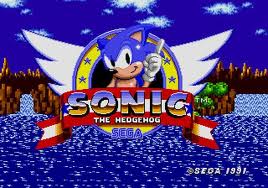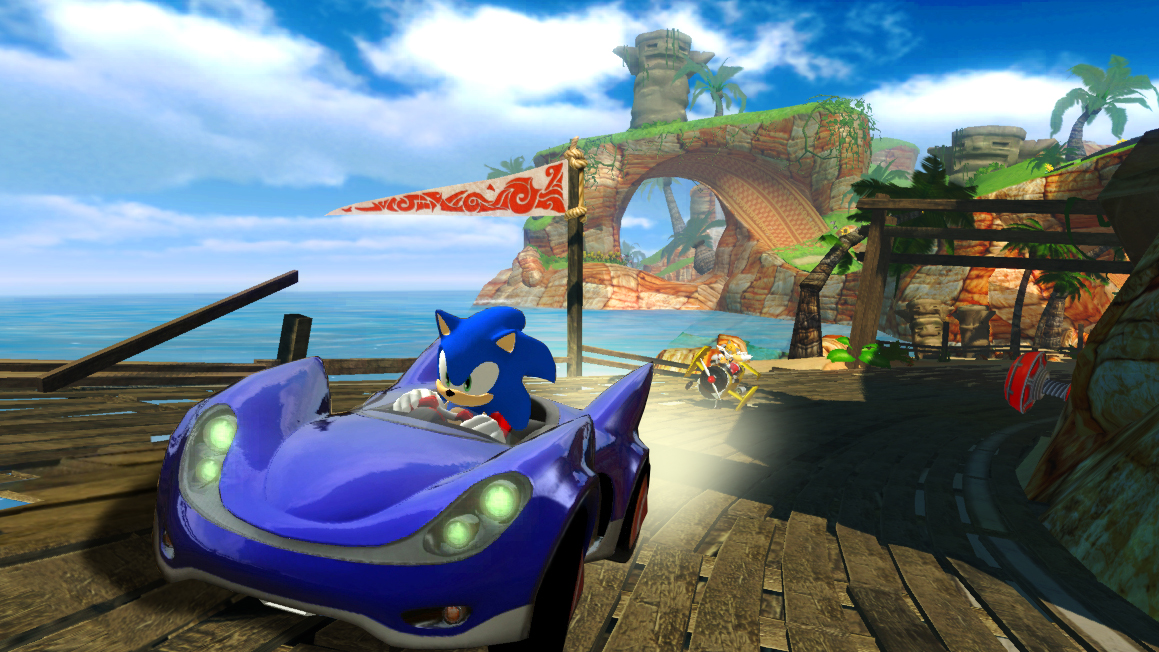

- #Sega games all in one full#
- #Sega games all in one android#
- #Sega games all in one tv#
- #Sega games all in one free#
#Sega games all in one tv#
The 'virtual reality' aspect was also lacking-it was more like if Nintendo strapped a 3D TV that only displays red and black to your head.

The “portable” console was anything but, and the headset was clunky.Īlongside these practical problems were a distinct lack of games-there were only 22 games for the system across Japan and North America, none of which balanced out the downsides to using the console. There were glaring problems from the get-go: the Virtual Boy featured a red monochrome display that gave many users headaches and eyestrain within minutes of playing. After a focused development became rushed, Nintendo launched an unfinished Virtual Boy to a very lukewarm reception. The Virtual Boy launched in 1995 and was Nintendo's attempt at creating something unique whilst responding to the growing buzz surrounding virtual reality. However, there is a lesser-known flop that came out before the Wii U, and it was bad. The tech giant has rarely stepped out of line when it comes to delivering fantastic games consoles, with the Wii U being its most notable failure. Nintendo is best known for its successes, and rightly so. Related: Reasons Why You Should Buy Old Games Consoles The Ouya only lasted from 2013-5, which honestly feels too long, and sold around 200,000 units.

With reality setting in, what the Ouya offered made little sense-why would you pay $99 and more to play mostly smartphone games on a TV? There was nothing of the caliber you'd expect from an actual video game console.
#Sega games all in one android#
Some 'games' were literally Android apps. A lot of the games severely lacked substance, with no Ouya exclusive that justified its purchase. The architecture was outdated, and the UI was a mess.īut, worst of all, the games were appalling. The materials were cheap and buttons were sticky. It arrived late for many of its Kickstarter backers and once it was in gamers' hands, things only got worse. So, did the Ouya become the next big thing? Absolutely not.
#Sega games all in one free#
Its developers sold backers a console that was affordable, compact, manually upgradeable, and could play hundreds of games, all free to try.

One of Kickstarter's most successful campaigns, the Ouya raised $8.5 million, well over its $950,000 goal. Both add-ons, as well as Sega's last two home consoles, the Sega Saturn and Dreamcast, were all commercial failures. The Sega CD and 32X gave Sega a reputation it couldn't shake: that its products weren't worth investing in. The Sega CD and Sega 32X also arrived with poor launch libraries and didn't provide a wealth of improvements over the Sega Genesis, leaving little reason for the mass market to get either, let alone both.Īnd, seeing that its products weren't selling well, Sega dropped support for its two add-ons in 1996, which was a big kick in the teeth to the gamers that bought them with the promise that more was coming. These consecutive launches caused a lot of confusion: which console were gamers supposed to get? How was each console different? Did they work by themselves or with the Genesis? Oh, and the Sega Saturn, Sega's actual next-gen console, arrived in 1995. Sega launched both add-ons in a short space of time: in North America, Sega launched the Sega Genesis in 1989, the Sega CD in 1992, and the Sega 32X in 1994. The Sega CD and 32X are evidence of a long list of mistakes Sega made in the 90s, the key one being that Sega rushed out products without a clear end goal. However, together, these two products mark a key moment in Sega's console career-its decline.
#Sega games all in one full#
As the Sega CD and Sega 32X are add-ons for Sega's successful console, the Sega Genesis, you might not count them as full consoles.


 0 kommentar(er)
0 kommentar(er)
